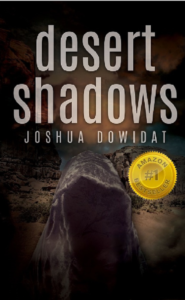Hello Everyone,
Well many of us have seen some form of the Mandrake in movies or heard of them in tales. Unfortunately we have just experienced them as another part of a tale or as a character that has little explanation.
The Mandrake:
Any of you who have a little knowledge of the Mandrake know that it is a plant. More specifically a type of vegetable. And even more specifically an evil and conniving vegetable that is most often noted as a species of Mandragora. In America it is sometimes associated with the Mayapple.
The plant itself is poisonous to some extent. Used for concoctions to induce sleep or as an anesthetic. Tales are told of how an army abandoned their town to the invaders and left wine that contained some extract of mandrake. When the seizing army found it and celebrated their victory the town’s army returned and slaughtered the sleeping invaders.
Although the plant itself is one to be reckoned with and happens to be real, it is the roots in which the myths lie.
The roots of the mandrake have an eerie resemblance to a disfigured human. Growing at rather large sizes they can almost resemble a child. It is said that they make a scream when uprooted. This would then cause the root puller to go crazy.
When the roots of the mandrake are bathed with honey, milk, and blood they would come to life so the myth goes. Witches and other powerful sorcerer types could then use the mandrake to tell the future. Of course we saw a different use in movies such as Pan’s Labyrinth and Harry Potter.

Characteristics:
Actual plant in southeast Europe of the species Mandragora. In the United States a Mayapple. Causes drowsiness and is used as an anesthetic when missed properly. Long roots that are humanoid in site growing up to 4 feet long. Can be used to tell the future and for other means when the right mystical being mixes them in the proper ways. Can have other purposes as well when harvested at the correct time. Usually before dawn.
Thanks for Reading,
Joshua Crane Dowidat
Reference:
Allan, T. (2008). The Mythic Bestiary. London: Duncan Baird Publishers
Images Retrieved from:
https://www.fs.fed.us/wildflowers/ethnobotany/Mind_and_Spirit/mandrake.shtml
